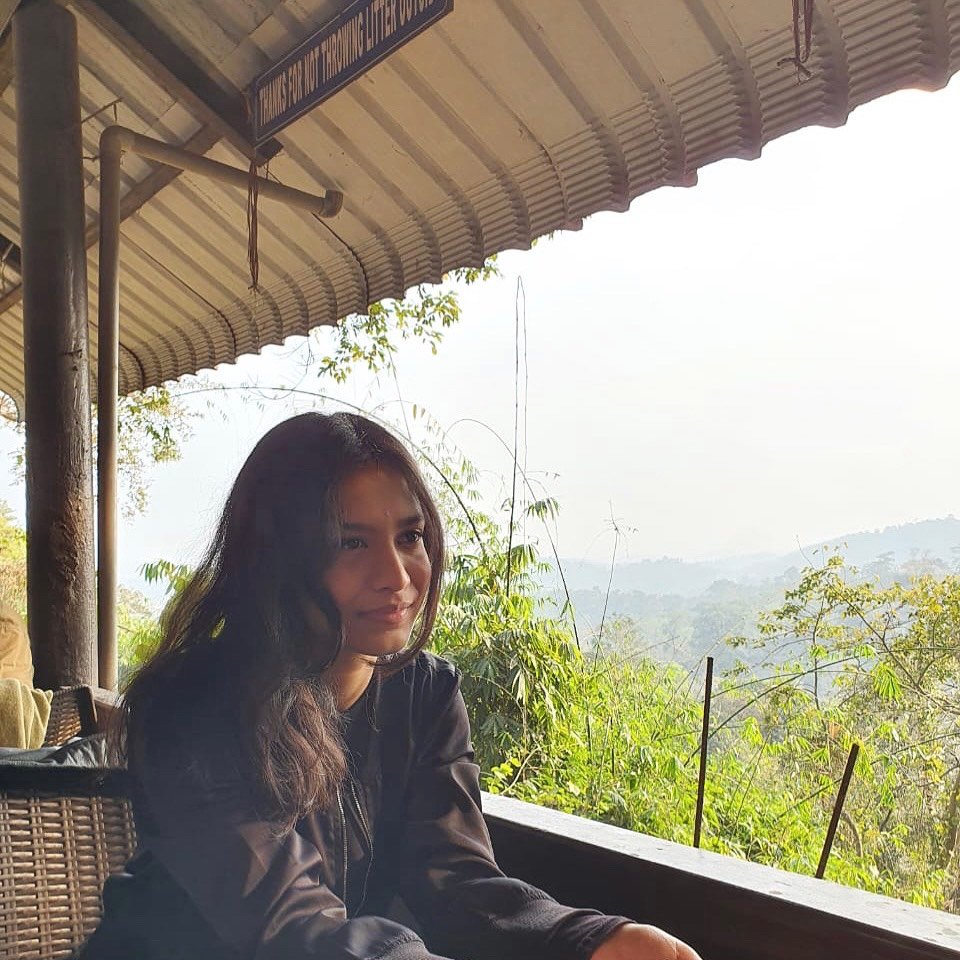Peculiar Sites
Peculiar Sites
Soni Bhattarai
Science has proved to be very accurate in explaining some of the mysteries surrounding us, however, in more than enough instances humankind has witnessed the presence of various distinctive structures. Along with them, engineering spectacles which were way ahead of their times also shed light on the creative minds that humans are blessed with. Some of these unique feats hold a place in our mythologies whereas some are left for us to decipher. India is home to a rich history and this history also means there are innumerable historical places, both natural and man-made, which have become prominent tourist attraction points. A few prominent attractions are mentioned below-
Located in the Anantapur District of the Indian state Andhra Pradesh, in a small village called Lepakshi, is one of the engineering marvels of the Sixteenth Century India. A temple known as the Veerabhadra temple or the Lepakshi Temple, dedicated to Veerabhadra, a fiery god who was considered to be manifested by Lord Shiva, was built by Virupanna Nayaka and Viranna Nayaka. The temple flaunts the Vijayanagara architecture highlighting the splendid sculptures of the gods and goddesses, carved structures at every nook and corner along with the marvellous paintings of Lord Ram and Krishna from the excerpts of Ramayana and Mahabharata. The temple also consists of Asia’s largest fresco, on the ceiling of the anterior chamber, of the fourteen avatars of Lord Shiva. However, what sets the temple apart is the presence of a hanging pillar. The base of the pillar does not touch the ground in any way and it is possible to pass a piece of cloth from under it. In the times when modern technology did not exist, it is quite a feat to create something like this which will never fail in amusing people. Another good example of a peculiar instance, with facts which even scientists are not sure about, takes place in the Hazrat Qamar Ali Darvesh Dargah in Khed Shivapur, Maharashtra. The dargah was a gymnasium earlier and eight-hundred years ago, Qamar Ali, a Sufi saint, had put a curse on a huge rock weighing seventy kilograms when he was insulted by a wrestler for being unable to lift the rock. Till date, an individual cannot lift the rock on their own however, if eleven people try to hold the rock with their index fingers chanting the saint’s name, only then the rock magically gets elevated as if it is floating in the air. Rameswaram, located in the state of Tamil Nadu, holds an important place in the Ramayana as it was the place where Lord Rama built the bridge to Lanka with the help of Vanar Sena, in order to rescue his wife, Sita. This bridge,now known as Rama Setu or Rama’s bridge or Adam’s bridge, is situated between the Pamban Island and Mannar Island and is made of floating stones. The bridge is still persistent to this day, although most of it was destroyed due to cyclones. Archaeologists have compared the floating rocks with ‘pumice’, a kind of volcanic rock that floats on water, however, the fascinating part is that there is no sign of any volcano near Rameshwaram. Also, the pumice rocks are considered to be weightless but the rocks which form the bridge have considerable weight, between ten to twenty kilograms.

Soni Bhattarai is a first-year BA, LLB (Hons.) student of National Law University and Judicial Academy, Assam. She is also a member of the National Service Scheme’s Intellectual Cell of her college which aims in providing service to the community. Apart from writing poems and articles, she also has a passion for dance- of all forms- but especially Bharat Natyam and she also holds a diploma in it.




